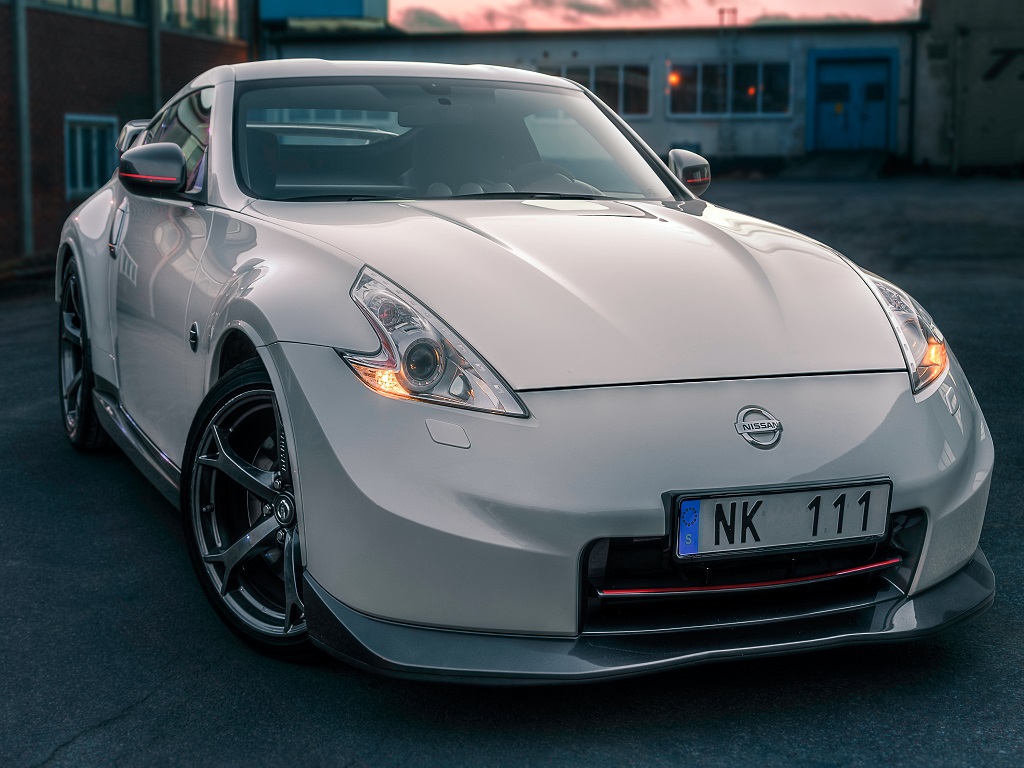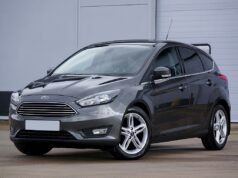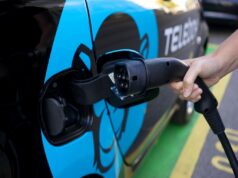A hybrid is a car that combines at least one electric motor with a gasoline engine to power the vehicle. It also has a system called regenerative braking that charges the battery during deceleration.
In a hybrid, sometimes the electric motor works alone, and sometimes the gas engine works independently, and sometimes they combine forces. This burns less gas and makes for better fuel economy. In some cases, the electric motor also boosts performance. Now several types of hybrids are currently being sold. Let’s learn a little more about them.
Parallel Hybrid
This is the most common type of hybrid available today. In a parallel hybrid, the electric motor/s and gasoline engine are connected via a common transmission that combines the power from both sources. The transmission can be automatic, manual, or a CVT. The most popular hybrid, the Toyota Prius, uses a power-split CVT. How a hybrid accelerates, sounds and feels is determined by the transmission type and the size of the gasoline engine.
Series Hybrid
Here, the electric motor provides all the power to move the car. The gasoline engine has no connection to the wheels at all. Its only job is to recharge the battery. The driving experience of a series hybrid is closer to that of a fully electric vehicle with smooth and powerful acceleration. There’s also less vibration when the gas engine engages. What’s disconcerting is that the engine sound doesn’t change with acceleration activity. Sometimes the engine revs when the car is cruising because it’s charging the battery. This is something that can take some time to get used to.
Plug-In Hybrid
This is a parallel hybrid with a large battery pack that needs to be plugged into an external power source and charged. The larger battery pack allows for extended all-electric driving. The typical range is between 15 and 55 miles. So if your commute is shorter, you’ll never need to fill gas as long as you charge the battery. If the battery runs out, the car works like a standard parallel hybrid.
There are even mild hybrids that just help improve fuel economy or performance and serve as the starter for the automatic start-stop system.









